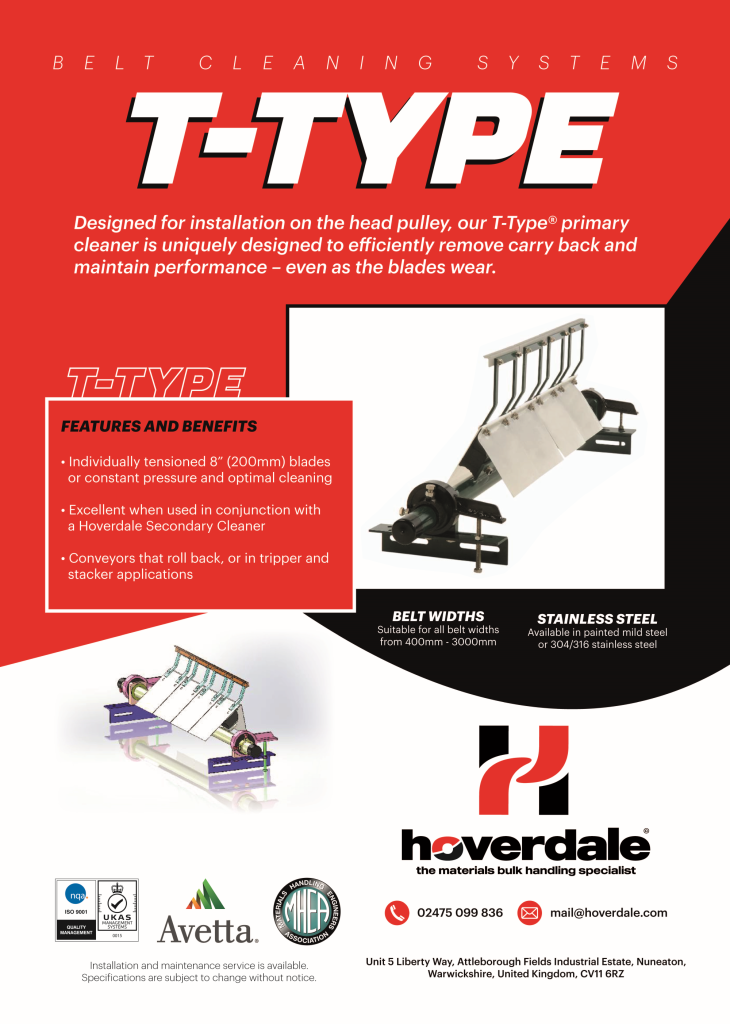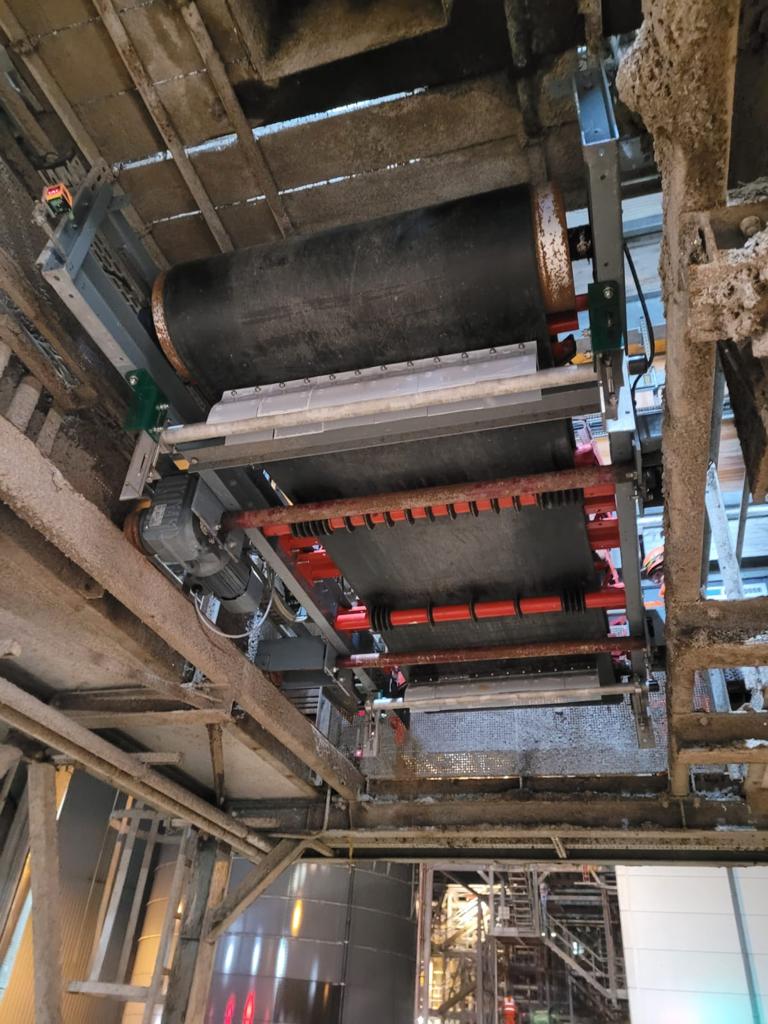Primary Belt Scrapers: Ensuring Smooth Operations at Materials Recycling Facilities.
Conveyor belts are the backbone of many industries, particularly MRF plants, where vast quantities of mixed materials are handled daily. Like any machinery, their efficiency is crucial, and this is where primary belt scrapers come into play.
What are Primary Belt Scrapers?
Primary belt scrapers are devices mounted at the head pulley to scrape off the material that sticks to the belt. As materials are transferred from crushers and screens onto conveyor belts, some residual material, especially fine particles, often stick to the belt. Without these cleaners, this residual material can cause multiple problems.

The Effects of Carryback and Spillage on Conveyor Belt Systems in MRFs.
Carryback and spillage significantly disrupt conveyor belt systems in materials handling plants. Carryback, which is material sticking to the belt after the head pulley, can shorten component lifespans through increased wear, cause misalignment and imbalance, and lead to safety hazards from material buildup. This inefficiency results in material and profit losses. Spillage occurs when material falls from the belt, often due to overloading or misalignment, creating safety risks and requiring cleanup that diverts labour from other tasks. This not only leads to direct material losses but also environmental risks, potentially inviting legal repercussions. Addressing these issues with preventative maintenance is crucial for the health, efficiency, and profitability of conveyor systems.
Features and Benefits of Primary Belt Scrapers
- Efficiency and Productivity: By scraping off residual material, belt cleaners help ensure the conveyor operates at its peak capacity without any unnecessary weight or obstructions.
- Extended Belt Life: Accumulated material can cause premature wear and tear on the belts, leading to frequent replacements. Clean belts reduce wear, increasing their operational lifespan.
- Safety: Material build-up can cause belts to misalign or slip. By ensuring the belt remains clean, the risk of malfunction or accidents is significantly reduced.
- Reduced Maintenance: A clean conveyor belt reduces the need for frequent maintenance checks and repairs, saving time and money.
- Environmental Benefits: Loose materials can fall from the belt, causing dust emissions or polluting the ground below. Cleaners and scrapers prevent this, making operations more environmentally friendly.
- Energy Savings: A clean belt means less friction between the conveyor belt and the residual materials. Reduced friction implies reduced energy consumption, leading to cost savings.
The Risks of Cleaner and Scraper Failure:
The importance of primary belt cleaners and scrapers becomes even more apparent when we consider the consequences of their failure:
- Stoppages: Excessive material build-up can cause the conveyor belt to malfunction or even stop, halting the entire production process.
- Increased Costs: The combined costs of frequent belt replacements, increased energy consumption, and operational halts can significantly impact a company’s bottom line.
- Safety Concerns: Material build-up can lead to belt misalignment, increasing the risk of accidents or worker injury.
- Environmental Impact: Loose materials can fall off without proper cleaning, leading to environmental contamination and potential regulatory fines.
- Manual Labour: Cleaning up spillages requires manual labour, diverting the workforce from other essential tasks.
Conclusion:
Primary belt cleaners and scrapers may appear to be small parts of an MRF’s overall operations, yet their importance is significant. These devices are essential for the efficient, safe, and environmentally responsible operation of conveyor belts. They safeguard a company’s investment, its reputation, and the safety of its employees. Investing in regular maintenance and routine inspections of these cleaners yields substantial benefits.
Request a FREE SITE SURVEY today:
Read more on our Conveyor System Engineering and Maintenance Support





